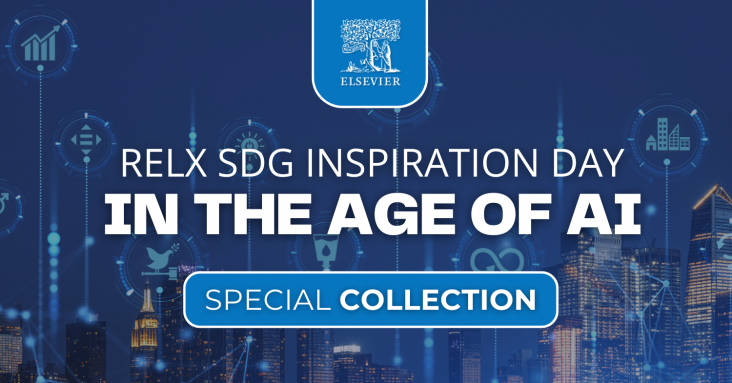Antibiotics are persistent in water and the environment. This study investigates the performance of activated carbon from olive pomace (ACOP) in the removal of hydrophilic organic pharmaceutical micropollutants such as the antibiotic sulfamethoxazole (SMX) from water.
The Himalayas, home to extensive glaciers that feed major rivers, are experiencing significant changes in runoff patterns due to accelerated glacial melt. This review highlights the challenges and uncertainties in glacio-hydrological modeling in the region, emphasizing the need for improved data collection and innovative modeling techniques to ensure sustainable water resource management for over a billion people reliant on these vital water sources.

This year’s RELX SDG Inspiration Day will bring together global AI leaders, corporate representatives, investors, government, and NGOs to explore issues, gain practical insights and be inspired to take action in support of the Global Goals. Elsevier is proud to share this special collection of articles and chapters in celebration of this event.
This chapter aligns with UN SDG Goals 6 and 13 by discussing advanced water treatment technologies and promoting sustainable water management and climate adaptation strategies.
This chapter aligns with UN SDG Goals 3 and 6 by addressing pollution risks and offering insights for improved water management and policy decisions, ultimately ensuring clean water access and reducing pollution-related health risks.
This chapter aligns with SDG Goals 3 and 6 by focusing on removing pollutants from water systems to improve water quality.
This article explores innovations in Fenton technology to enhance wastewater treatment, including using co-catalysts and engineering catalyst microenvironments to overcome challenges like iron sludge and pH limitations.
This study presents a deep learning framework using convolutional neural networks (CNNs) to efficiently replicate high-resolution outputs of conventional hydrological models for estimating groundwater head and surface water depth in the Sabgyo Stream Watershed, South Korea, achieving a 45-fold reduction in computation time compared to a physics-based model while demonstrating potential for predictive capabilities under future climate scenarios, although further improvements are needed for long-term accuracy.
This paper highlights the urgent need to enhance water system resilience in response to climate-induced scarcity, using a dynamic multisectoral model to analyze the macroeconomic impacts of temporary water shortages, revealing how firms' investment foresight influences their responses and the economy, with sector-specific insights indicating both negative impacts, particularly in agriculture and energy, and potential competitive benefits in certain sectors, ultimately recommending that firms prioritize anticipation and resilience-building measures across all sectors.

